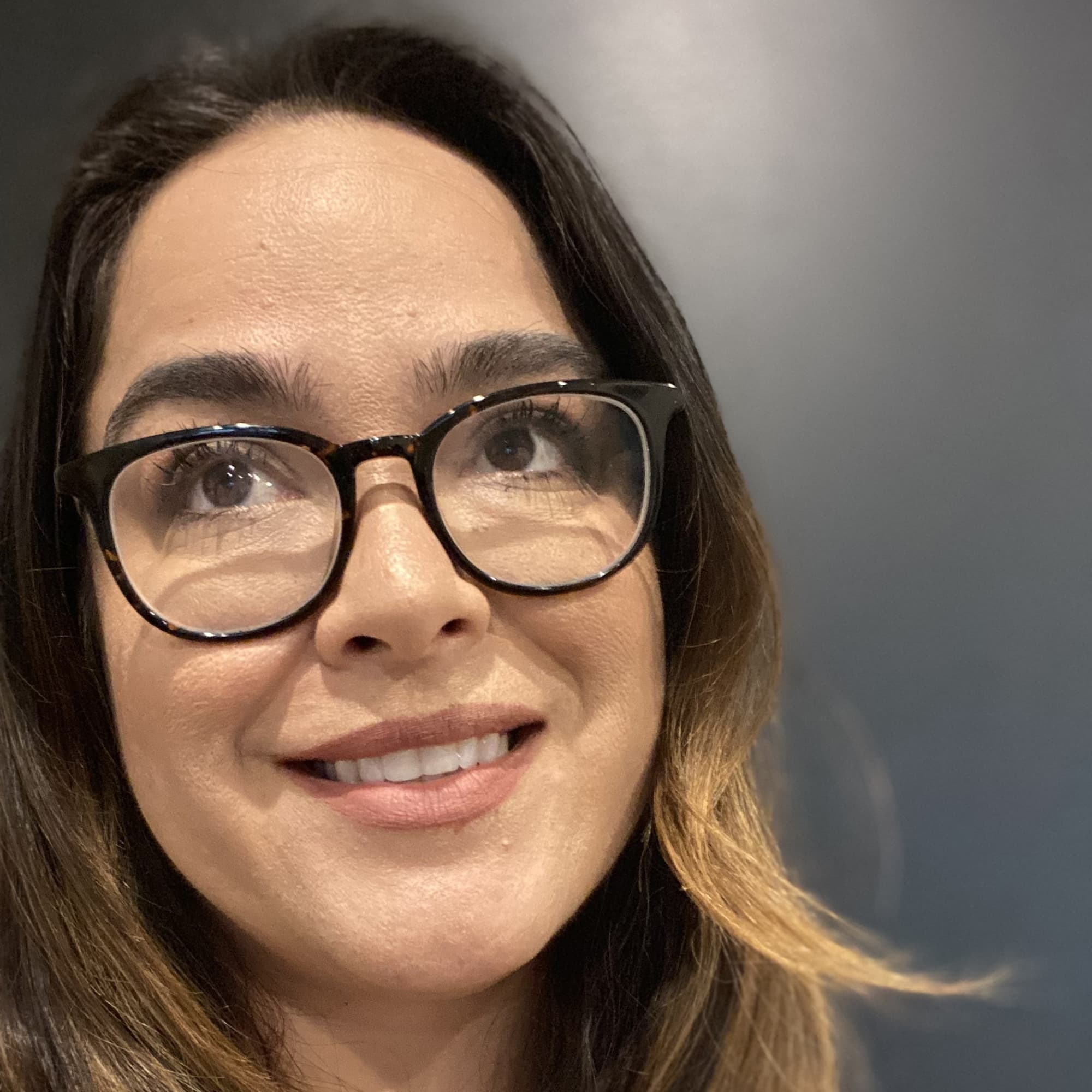Celebrating Life on Día de los Muertos
Día de los Muertos (Day of the Dead) — a holiday that celebrates and honors deceased loved ones — occurs each year on the first and second of November. Originating over 3,000 years ago, Día de los Muertos honors the lives of loved ones and invites the dead to leave the spirit realm and visit the living world.
What Takes Place on Día de los Muertos?
Día de los Muertos is a holiday rooted in Indigenous culture. It celebrates and honors the lives of deceased loved ones. Nov. 1 is set aside to remember the lives of children who have died, while Nov. 2 is used to honor adults.
Indigenous Mesoamericans viewed death as part of life’s natural cycle. They believed that the living should celebrate the old life of a loved one, building the foundation of Día de los Muertos.
Dancing, music, food, special activities, and visits to gravesites often take part on Día de los Muertos. Families and friends welcome loved ones back into the living world.
Loved ones build ofrendas — or altars — that honor the dead. Ofrendas often hold photographs of the deceased and items that celebrate their lives. Elements of water, wind, earth, and fire typically find space on ofrendas, as well.
Ways College Students Celebrate Día de los Muertos
Learning to appreciate and represent cultural celebrations means uplifting the traditions of a community. Instead of highlighting the celebrations of Día de los Muertos as your own discovery or creation, honor the holiday’s history and traditions.
When considering calavera catrina makeup, creating ofrendas, and adorning spaces with marigolds, share your learnings about these traditions with friends and family. Provide opportunities for others to learn about the beauty of Día de los Muertos. Also, despite similar dates, Día de los Muertos and Halloween do not share traditions. The holidays often find themselves problematically and unnecessarily linked.
- Understand how cultural appropriation, which involves using an element of another culture for personal interest, takes away from the holiday. Strive to uplift the culture, traditions, and people associated with Día de los Muertos.
- Teach the history and culture behind Día de los Muertos in schools. If you’re a educator, encourage the learning of these ancestral traditions before welcoming a celebration in the classroom.
- Participate in the decoration of public ofrendas. Join groups that celebrate Día de los Muertos in honoring the deceased as a community.
- Create an ofrenda for a deceased loved one, thoughtfully selecting items to include on the altar. Share your experiences with family and friends.
What Is the History of Día de los Muertos?
Thousands of years ago, on the ancient lands of what is now Mexico and Central America, Indigenous people began celebrating and honoring the lives of loved ones who died.
As time passed and colonists took over much of the Mesoamerican lands, Día de los Muertos became its modern-day celebration. The combination of Indigenous traditions, All Souls’ Day, and All Saint’s Day have contributed to the development and evolving cultural interpretation of Día de los Muertos. Celebrated widely across Latin America, the holiday is most commonly connected to Mexican heritage.
As Latino/a populations grow in the United States, connected cultures become an influential part of society. The 2017 production of “Coco” — a Disney animated movie centering on the traditions of Día de los Muertos — highlights the growing popularity of the holiday in the U.S.
Symbols and Traditions
Symbols associated with Día de los Muertos play a significant role in uplifting the traditions of the holiday. Each symbol represents a unique quality that enhances the celebration of lives once lived.
- Ofrenda (Altar): An ofrenda honors a deceased person. Ofrendas often include flowers, photographs, food, candles, drinks, and personal items connected to those who have died.
- Calavera and Calaca (Sugar Skulls and Skeletons): Skeletons and skulls depict the dead throughout Día de los Muertos celebrations. The calavera and calaca represent the duality of living and death through bright colors and decorations.
- Marigolds: Marigolds — placed on ofrendas and around the graves of loved ones — guide spirits from the gravesite to their loved ones’ homes.
- Butterflies: As the tradition asserts, butterflies carry the spirits of the dead. Monarch butterflies return to Mexico annually around Día de los Muertos, providing a meaningful connection to the holiday.
- La Catrina: The image of La Calavera Catrina, created in the early 1900s, showcases a highly decorated skeleton representing Mexican heritage. The original image shows up as replicas and inspires makeup designs worn for the holiday.
- Papel Picado (Perforated Paper): This beautifully cut tissue paper represents the fragility of life. The bright colors of papel picado decorate spaces, including ofrendas, that honor the dead.
- Pan de Muerto (Bread of the Dead): Whether placed on an ofrenda or eaten during celebratory festivities, the sugar-topped pan de muerto represents the soil used to bury the deceased.
Celebrating Life, Honoring Legacy
Día de los Muertos honors the lives of the people we love. The holiday holds a rich history of traditions and celebrations connecting the spirit and living worlds. Whether you choose to build an ofrenda, attend a parade, or simply take a moment to reflect and honor your loved ones, know that Día de los Muertos offers a powerful opportunity to uplift and celebrate the people you love.
Explore More College Resources

College Guide for Hispanic and Latino/a Students
Unique challenges may shape college experiences for Hispanic and Latino/a students. Learn more with our college guide for Hispanic and Latino/a learners.

by Nalea Ko
Updated July 24, 2023



